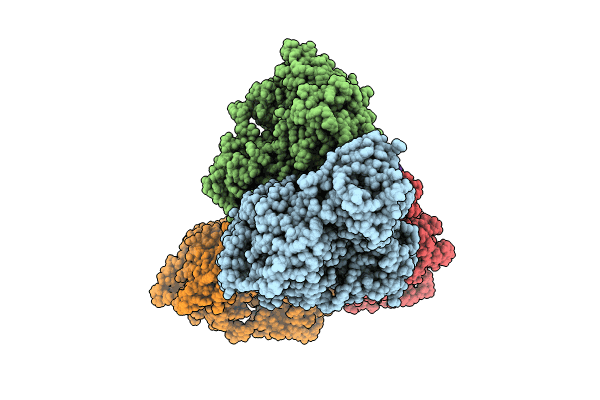
Deposition Date
2023-09-13
Release Date
2024-01-31
Last Version Date
2024-03-27
Method Details:
Experimental Method:
Resolution:
4.00 Å
Aggregation State:
PARTICLE
Reconstruction Method:
SINGLE PARTICLE


